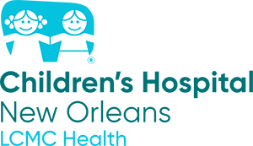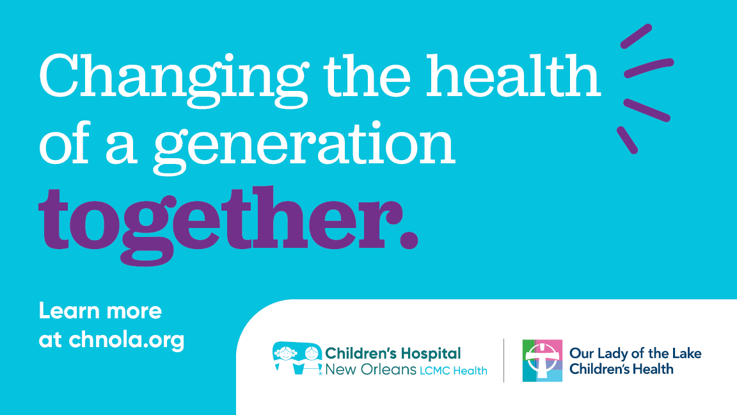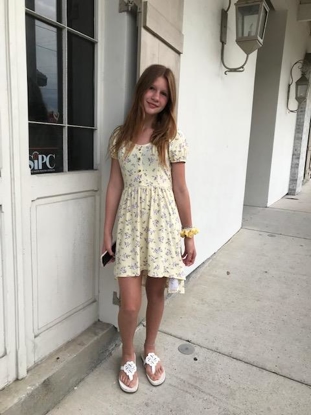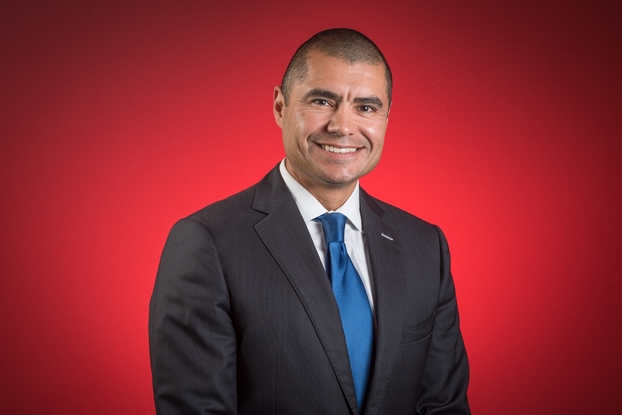Selena's Hip Dysplasia Journey: Navigating the road to healthy hips
- Category: Orthopedics, Patient Stories
- Posted on:
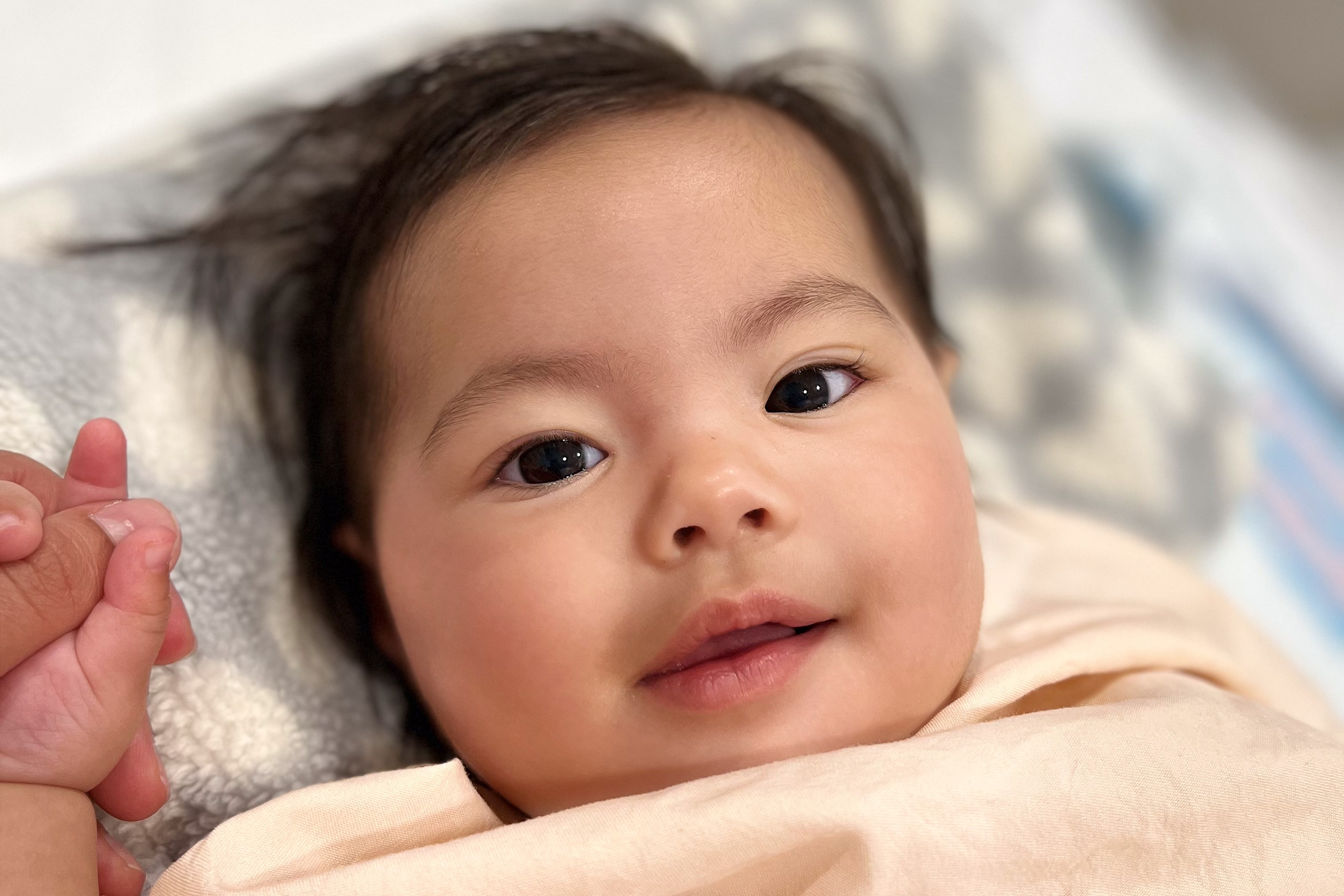
The day Katiaw & Dilmer’s first baby, Selena, was born was the best day of their lives, but unfortunately came with some worry and disappointment for the new mom and dad. While they were thrilled to have their new baby girl in their arms, at only three days old, she was diagnosed with Developmental Dysplasia of the Hip (DDH), meaning that her hip socket didn’t properly form in in utero. DDH allows the hip joint to become dislocated.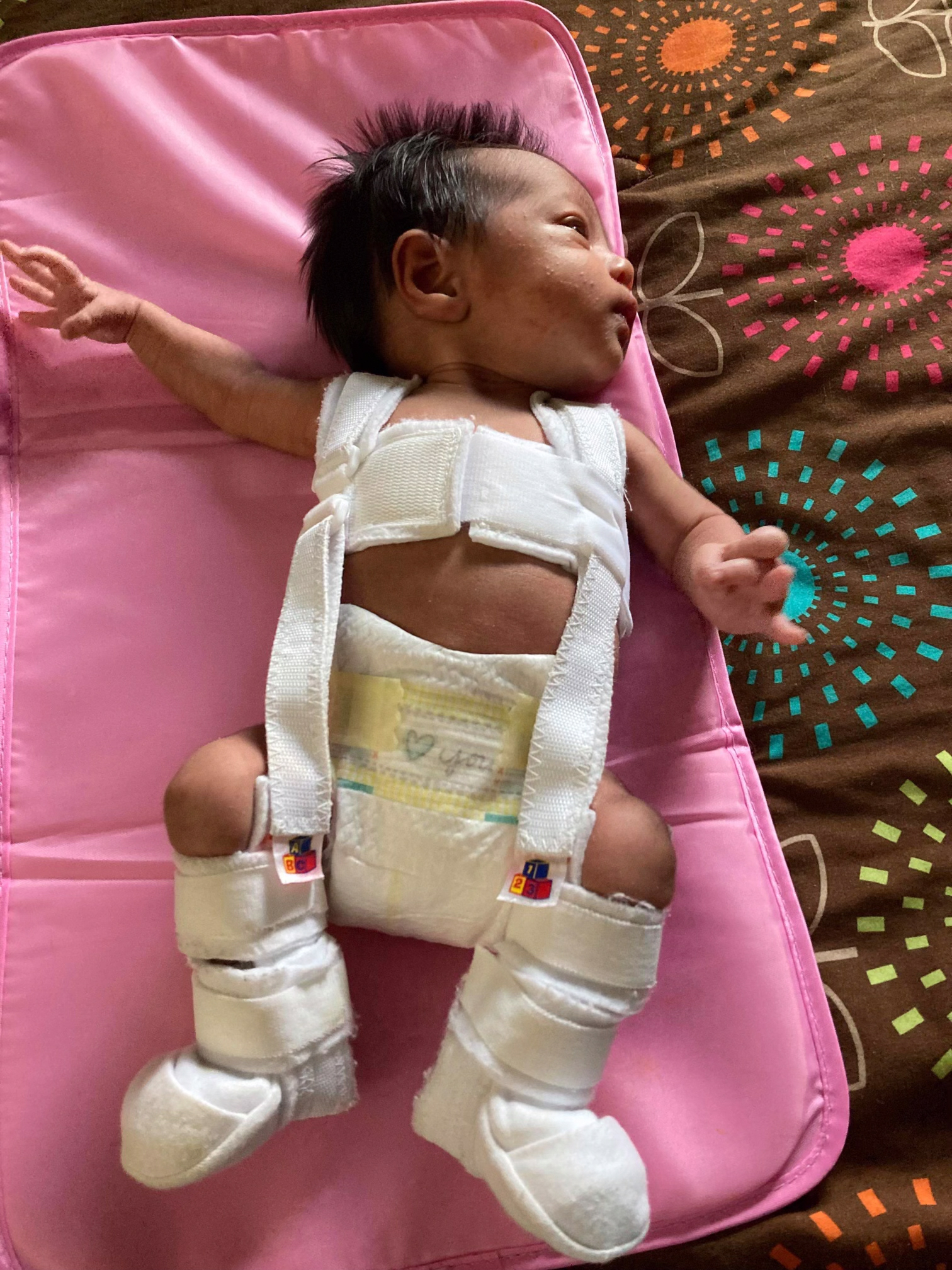
Although Katiaw and her husband did not know about the condition before they welcomed Selena into the world, Katiaw knew exactly what the diagnosis meant because she herself was born with hip dysplasia. “It runs on my dad’s side of the family. I had six surgeries and didn’t walk until the age of six,” said Katiaw. “It was tough to receive the diagnosis because they didn’t detect it at all during my pregnancy. So, it was unexpected which was upsetting.”
Their pediatrician referred them to Dr. Carter Clement, Pediatric Orthopedic Surgeon at Children’s Hospital New Orleans. “DDH is super common. Anytime a baby is breach, they should come see us to be screened for DDH. It’s the most common pediatric orthopedic condition in newborns,” said Dr. Clement, “Overall, about 1 in 100 babies have DDH and 1 in 1000 have dislocations.”
At just nine days old, Katiaw brought Selena to see Dr. Clement, who said the first step is to try the Pavlik Harness. This harness allows babies with hip dysplasia to still move their legs while also holding their legs in the healthy position to encourage the hips to develop correctly. “In severe cases like Selena’s, the patient needs to wear the brace 24/7 for a minimum of six weeks. If that doesn’t work, we move to next step—surgery,” shared Dr. Clement.
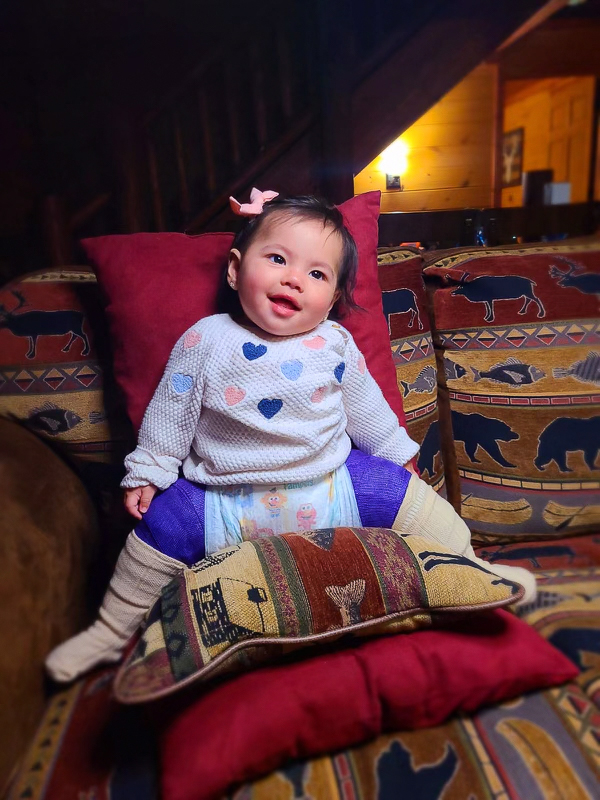 Selena had her first surgery to try to correct the dislocation of her hips at almost five months old. This minimally invasive surgery lengthened her tendons in order to manipulate her hip to sit in the socket correctly. After this procedure, Selena was in a Spica cast for three months to allow her to heal. Once she was able to get the cast off, Selena was able to begin using Rhino Braces which, similar to the Pavlik Harness, keeps the toddler’s hip joints in a healthy “frog leg” position, encouraging the ball of the joint to sit into the socket. She kept the Rhino braces on 24/7 for a few months, but they weren’t getting the results Dr. Clement and Katiaw were hoping for.
Selena had her first surgery to try to correct the dislocation of her hips at almost five months old. This minimally invasive surgery lengthened her tendons in order to manipulate her hip to sit in the socket correctly. After this procedure, Selena was in a Spica cast for three months to allow her to heal. Once she was able to get the cast off, Selena was able to begin using Rhino Braces which, similar to the Pavlik Harness, keeps the toddler’s hip joints in a healthy “frog leg” position, encouraging the ball of the joint to sit into the socket. She kept the Rhino braces on 24/7 for a few months, but they weren’t getting the results Dr. Clement and Katiaw were hoping for.
That’s when Selena went back in for a second surgery in February 2023. Recovery from the second surgery has been very positive. “Since then, she has made lots of progress. She tries to hold herself up and walk using her baby walker, said Katiaw, “Even though it has been really rough, God knows what he does, and I tell everyone you have to be patient and have faith. She is now walking and crawling and doesn’t stop. We are really proud of the progress she is making.”
Today, Selena is moving around well for an almost two-year old with DDH. She loves to play in water, especially with her toys in the bath, and she keeps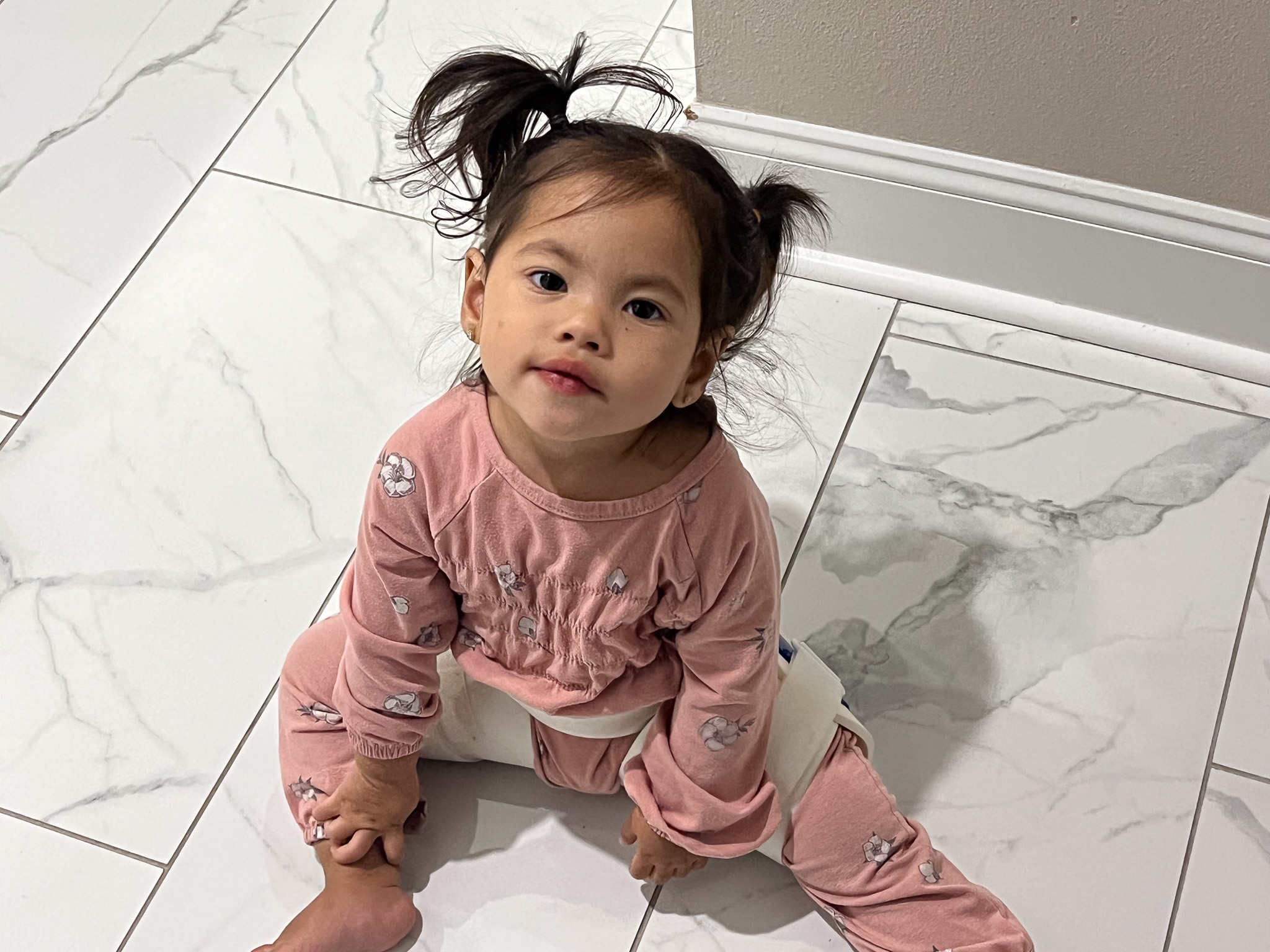 up with her furry brother, a Shih Tzu named Benjy, who Katiaw says is like her emotional support dog. Katiaw and her family want to make sure that others with children born with hip dysplasia or any type of pediatric orthopedic condition, are not alone. “The advice I would give to other parents out there is to not feel like you’re alone. Talk to whoever you have to. As a mother with a child going through this I know how it feels,” said Katiaw. “It’s been very hard, but you just have to be patient and good things will come. There are many resources out there that can help them. We are so thankful for Dr. Clement who has been with her since day one.”
up with her furry brother, a Shih Tzu named Benjy, who Katiaw says is like her emotional support dog. Katiaw and her family want to make sure that others with children born with hip dysplasia or any type of pediatric orthopedic condition, are not alone. “The advice I would give to other parents out there is to not feel like you’re alone. Talk to whoever you have to. As a mother with a child going through this I know how it feels,” said Katiaw. “It’s been very hard, but you just have to be patient and good things will come. There are many resources out there that can help them. We are so thankful for Dr. Clement who has been with her since day one.”
Learn more about our pediatric orthopedic program: https://www.chnola.org/services/orthopedics/
Learn more about Dr. Carter Clement: https://providers.chnola.org/provider/Carter+Clement/2246837
Check out these resources on pediatric orthopedic conditions https://orthokids.org/
